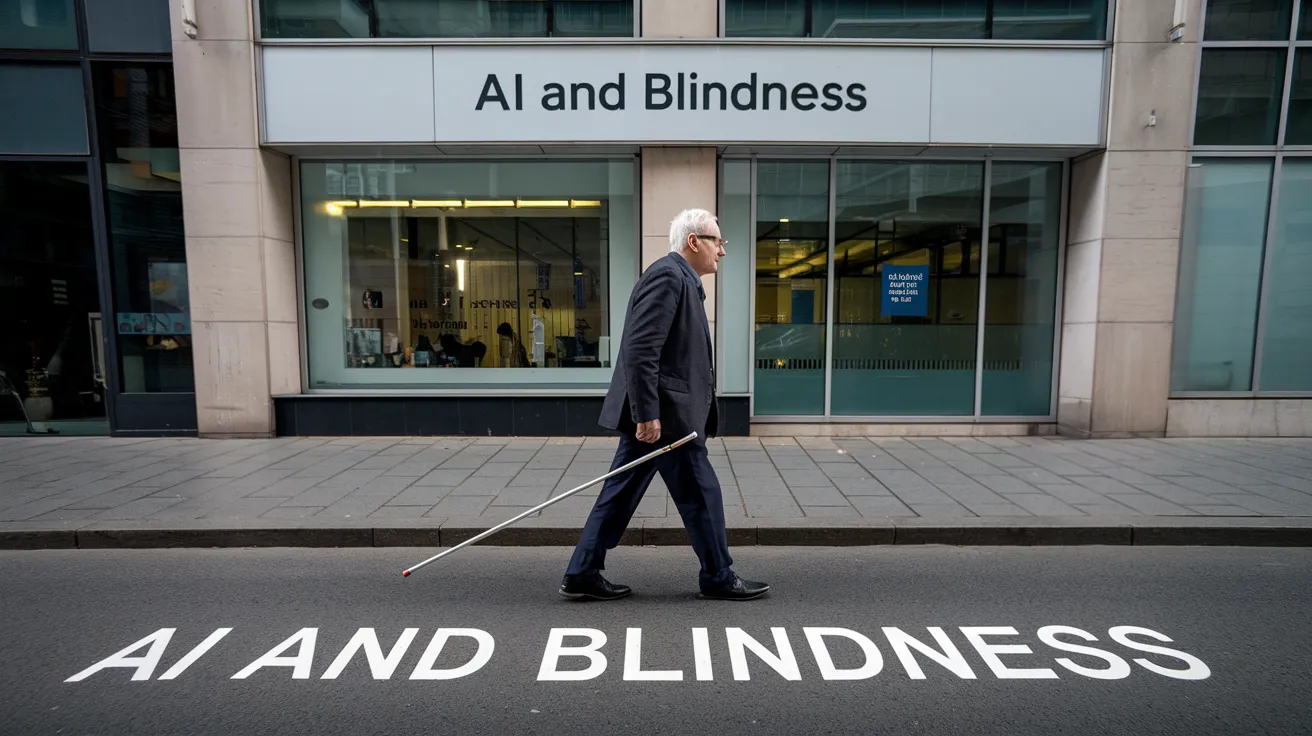AI and Blindness: A Call for Inclusion

Artificial intelligence has the potential to enhance various aspects of life; however, its design often neglects the unique needs of blind and partially sighted individuals. Tom Pey, the newly appointed president of the Royal Society for Blind Children, recently expressed concerns regarding this growing problem, highlighting that these marginalized groups are now facing “a new level of discrimination” due to their exclusion from AI tools.
Pey, who lost his sight during childhood, founded the Waymap app, which provides audio navigation assistance, emphasizing the importance of designing technologies that accommodate visual impairments. He pointed out that blind children are increasingly becoming distanced from their peers, particularly as non-disabled kids engage with visually immersive AI-driven technologies—such as video games and augmented reality—while blind children remain left out. This disparity raises significant questions about accessibility in today’s digital age.
Pey further urged technology secretary Peter Kyle to develop legislation that would mandate the inclusion of disabled individuals in the design processes of tech companies. He observed, “If we look at the hardware around AI, a lot of it is visual, and it ignores the needs of blind people, and it ignores people who have difficulty, not just with not being able to see, but being able to interpret visual imagery.” His plea highlights a critical gap in AI development and its attention to diverse user needs.
Recent research by the Royal National Institute of Blind People indicates that people with sight loss are less likely to engage with the internet daily, experience higher rates of digital exclusion, and are less likely to own smartphones compared to the general population. While this data presents a dismal reality, it also reveals an encouraging trend: digital exclusion among blind and partially sighted people is decreasing, partly due to advancements in more accessible AI technologies.
Notably, tech giants including Google, Meta, and OpenAI have recognized these challenges and referenced various initiatives aimed at improving accessibility for blind users. Addressing the critical need for inclusive design is not just about providing tools but ensuring that all individuals can partake in the benefits offered by rapid technological advancements. As stakeholders in the tech industry pursue growth, incorporating the voices and needs of blind individuals is essential for a truly equitable future in AI.